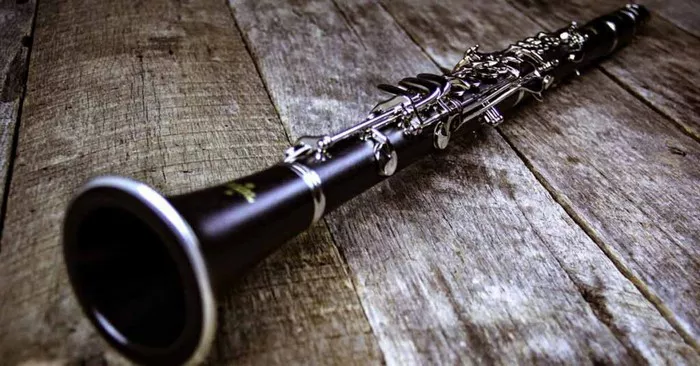The clarinet is renowned for its versatility, capable of producing both soft and loud sounds across its wide range. Understanding the components of the clarinet and how they contribute to its sound production is essential for clarinetists seeking to control dynamics and expressiveness in their playing. In this article, we will explore whether the clarinet tends towards producing soft or loud sounds, examine the factors influencing its volume, and offer advice for achieving optimal sound control.
Clarinet Components
The clarinet consists of several key components that play a crucial role in producing its distinctive sound. These include the mouthpiece, reed, barrel, upper joint, lower joint, and bell. The mouthpiece serves as the interface between the player and the instrument, housing the reed, which vibrates when air is blown through it. The barrel, upper joint, and lower joint contain tone holes and keys that the player manipulates to alter pitch and tone quality. The bell, positioned at the bottom of the instrument, helps to project and shape the sound produced by the clarinet.
Soft vs. Loud Sound: The Clarinet’s Dynamic Range
The clarinet possesses a dynamic range that allows for a wide spectrum of sound, ranging from soft and delicate to bold and powerful. Its ability to produce both soft and loud sounds is influenced by various factors, including air pressure, embouchure control, and reed strength. Soft sounds are achieved by reducing air pressure and gently blowing through the instrument, while loud sounds require increased air pressure and a more forceful blowing technique. Additionally, the selection of reed strength and mouthpiece design can impact the volume and projection of the clarinet’s sound.
Factors Influencing Clarinet Sound Production
Several factors contribute to the volume and projection of the clarinet’s sound, including the player’s technique, equipment setup, and acoustical properties of the instrument. Proper embouchure formation and breath support are essential for controlling dynamics and achieving consistent tone production. The choice of reed strength and mouthpiece facing can also affect the clarinet’s responsiveness and sound quality, with softer reeds typically producing softer sounds and harder reeds yielding louder sounds. Additionally, the design and construction of the clarinet itself, including the bore size and material composition, play a role in shaping its overall sound characteristics.
Achieving Optimal Sound Control: Tips for Clarinetists
Clarinetists seeking to refine their sound control and dynamic range can benefit from incorporating the following tips into their practice routine:
Focus on Breath Support: Develop strong breath support to maintain consistent air pressure and control dynamics throughout your playing. Practice long tones and breathing exercises to improve lung capacity and endurance.
Experiment with Reed Selection: Explore different reed strengths and brands to find the optimal balance between responsiveness and control. Adjusting reed placement and embouchure pressure can also influence the clarinet’s volume and tone color.
Refine Articulation Technique: Pay attention to articulation and tonguing techniques to achieve clarity and precision in your playing. Experiment with different tongue placements and articulation styles to vary the intensity and attack of your notes.
Utilize Dynamic Markings: Observe dynamic markings in your music scores and practice varying the volume and intensity of your playing accordingly. Experiment with crescendos, decrescendos, and subtle shifts in dynamics to express musical phrasing and emotion.
Listen and Learn: Study recordings of accomplished clarinetists to gain insight into sound production and interpretation. Pay attention to their tone quality, dynamic control, and expressive nuances, and strive to incorporate similar techniques into your own playing.
Seek Feedback: Work with a knowledgeable instructor or mentor who can provide constructive feedback and guidance on sound production and technique. Take advantage of masterclasses, workshops, and performance opportunities to refine your skills and learn from experienced professionals.
Conclusion
In conclusion, the clarinet is capable of producing a wide range of dynamic and expressive sounds, from soft and delicate to loud and powerful. By understanding the components of the clarinet, exploring factors influencing sound production, and implementing sound control techniques, clarinetists can achieve optimal control over their instrument’s volume and projection. Through dedicated practice, experimentation, and ongoing refinement of technique, clarinetists can unlock the full potential of this versatile and captivating instrument, captivating audiences with their nuanced and expressive performances.


